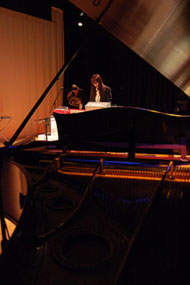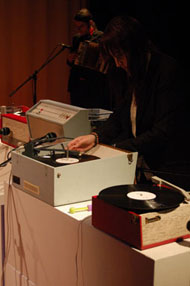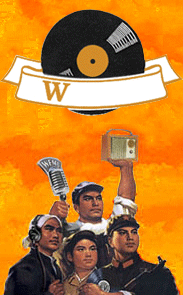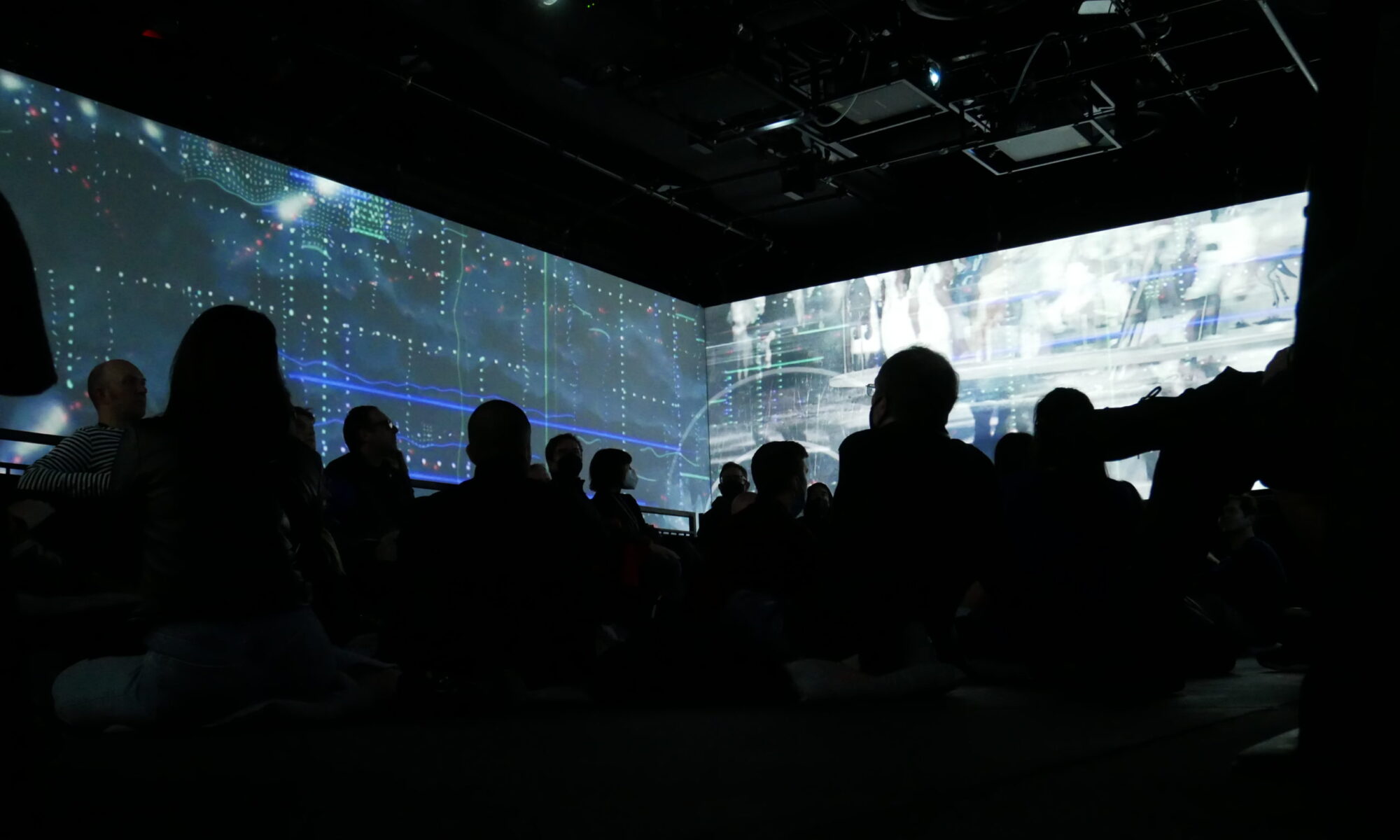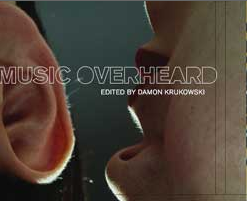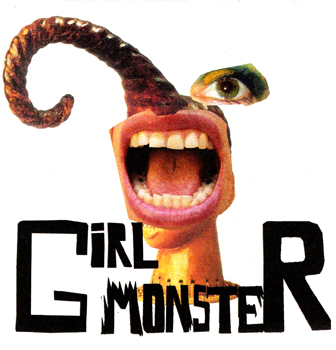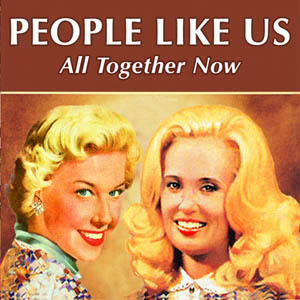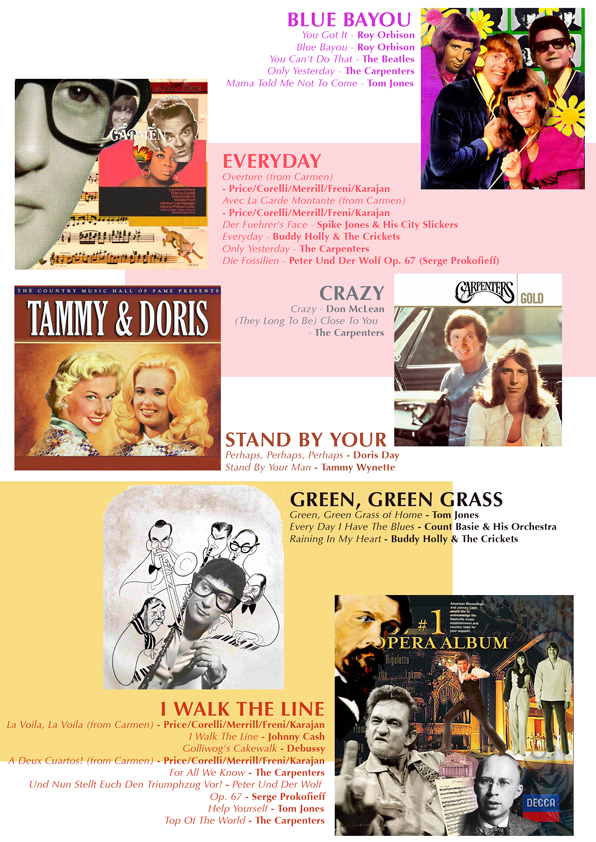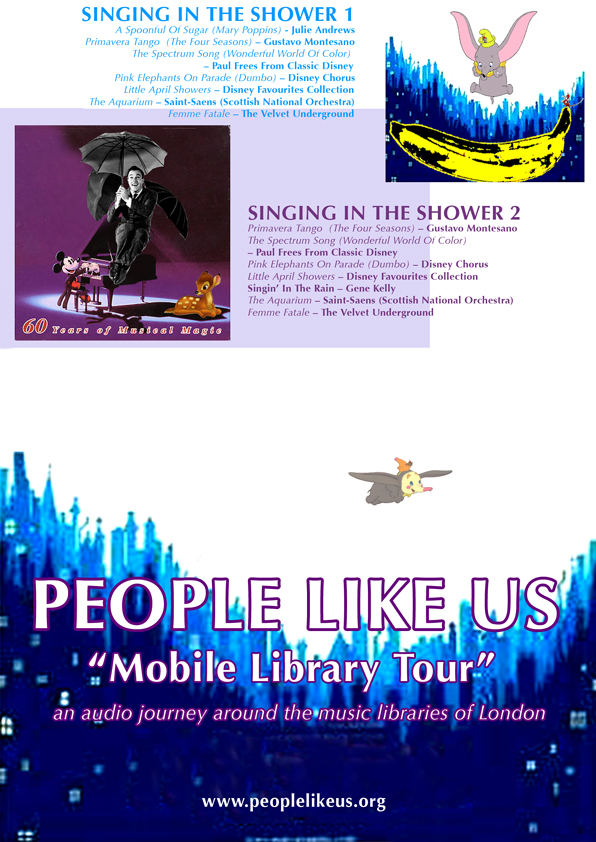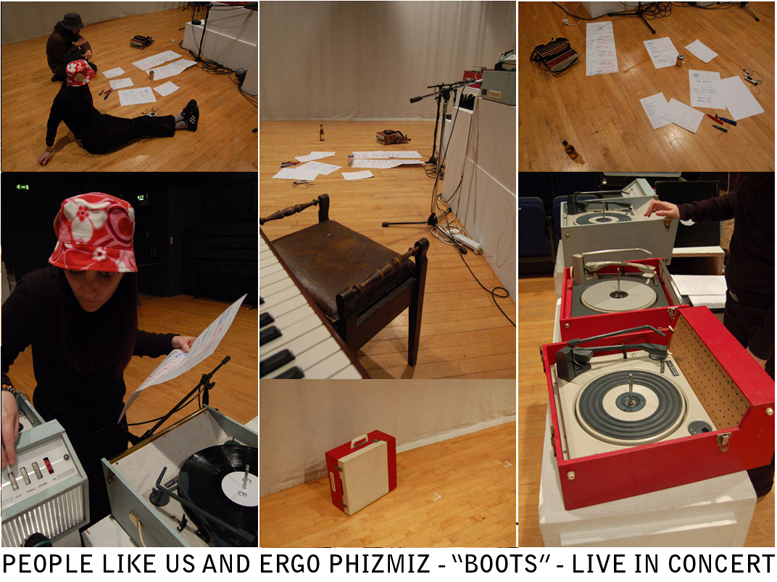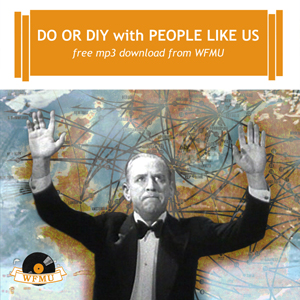The online edition of People Like Us & Ergo Phizmiz’s album, “Honeysuckle Boulevard”, which came out at the beginning of 2007 as a free ten inch vinyl release and is now deleted, can now be downloaded for free here, and at the WFMU Blog here. It includes vinyl label artwork, an info text file and also two bonus tracks. The bonus tracks have never before been made available for release or download. If you love vinyl we have a few on sale in our shop, by way of Paypal – price includes Postage and Packing.
Download the audio either as a zip file containing all the tracks, or grab each individual MP3.
Honeysuckle Boulevard (Zip File, contains all files below)
MP3 Tracks:
Side A, Harpo Honeysuckle Suite
A1: Harpo Boulevard
A2: Beyond Perpetuum
A3: Honeysuckle Rose and Perpetuum Mobile
Side B, Merry Go Mambo Suite
B1: Merry Go-Round
B2: Fat Henry’s Mambo
B3: Oh No Not Another Cha Cha
Extras:
Bonus Track 1: Bad Restaurant Boogie
Bonus Track 2: Social Folk Dance
Album Label Artwork
Informational Text File
Ergo Phizmiz website
WFMU website
For more background information on this project, please read on.
Honeysuckle Boulevard, a self-released 10 inch record (Limited Edition 500 numbered copies) was available from selected record stores/galleries (in exchange for a voucher)
from January 15th-March 31st 2007. This offer is now expired (although we have a few copies for sale in our shop for a very cheap price)
Archived press release (January 2007):
This is the debut collaborative release by artists People Like Us & Ergo Phizmiz, available for free at selected galleries and independent record stores in the UK, the continent and US.
Both artists operate on the cusp of both experimental and pop culture, creating radio, audio and DVD releases, film and A/V multimedia. Their work combines an irreverent approach with a probing curiosity that explores crossover points between media. By appropriating and recontextualising found footage, they craft collage with equal inflections of wit and impending doom.
This record presents a progressive change for both artists involved. It references their past works, but moves into new territory, resulting in a very collaborative work, much more than the sum of two parts. The music is fundamentally electronic (but not usually sounding so), with references to 1920’s ballroom music, 1950’s easy listening, jazz, cartoon and classical music, seamlessly melding diverse elements into a dynamic, rhythmic patchwork. They combine appropriation with live instrumentation and vocals, with very open tangential musical structures. With nonsense lyrics that are equally Brothers Grimm and Edward Lear and accompanying slapstick interjections, the result is in an exciting and humorous work.
Recent works include Ergo Phizmiz’s large-scale piece “M: 1000 Year Mix” funded by the Arts Council of England/Match My Foot Records, and “Wholepole – The Discotheque of Erotic Misery” for BBC Radio 3. People Like Us recently released the album “All Together Now”, and is also Artist in Residence at the BBC Creative Archive. Both artists are currently collaborating on a full length CD release entitled “Perpetuum Mobile”, to be released in April 2007 on Soleilmoon Recordings. In addition, both artists broadcast experimental arts shows on the freeform New York radio/internet station WFMU.
This product will be available in the following stores from January 15th to March 31st 2007.
A-Musik (Cologne)
Aquarius (San Francisco)
Bimbo Tower (Paris)
Earwax (Brooklyn)
Le Bonheur (Brussels)
Matéria Prima (Porto)
Monorail (Glasgow)
Rough Trade, Neal’s Yard (London)
Tate Modern (London)
Worm (Rotterdam)
A uniquely labelled voucher (one per person – all IP addresses are logged) can be requested by filling in the form below, and specifying which of the above stores the customer would like to collect from. Once you have sent your request we ask that you be patient, you will hear from us with a voucher shortly before 15th January, or if you order after this date then very soon.
This venture is totally non-profit, for artists and retailer, and has been met with great enthusiasm from the host stores. In fact the demand from additional stores that wish to participate exceeded the amount of records that can be supplied.
The marketing aspect of this project is partly a humorous self-parody, in that both artists have favoured the internet as their primary means of distribution and now are encouraging people to go into real shops again and “buy” their music for free. This novelty form of distribution combines the tradition of regular shopping with free downloading, stretching the notion of the “gift economy” to its limits. “Below the radar” artists have difficulty with physical distribution of their work because of the poor state of business for non-chart releases combined with saturation of the market. However, this isn’t a reflection of a lack of audience interest; People Like Us’ album “Abridged Too Far” and Ergo Phizmiz’s “White Light White Heat” have collectively amassed in excess of 50,000 mp3 downloads, so there is no shortage of audience to be testing these theories on.

PRESS PICTURES
(click
on thumbnails)
